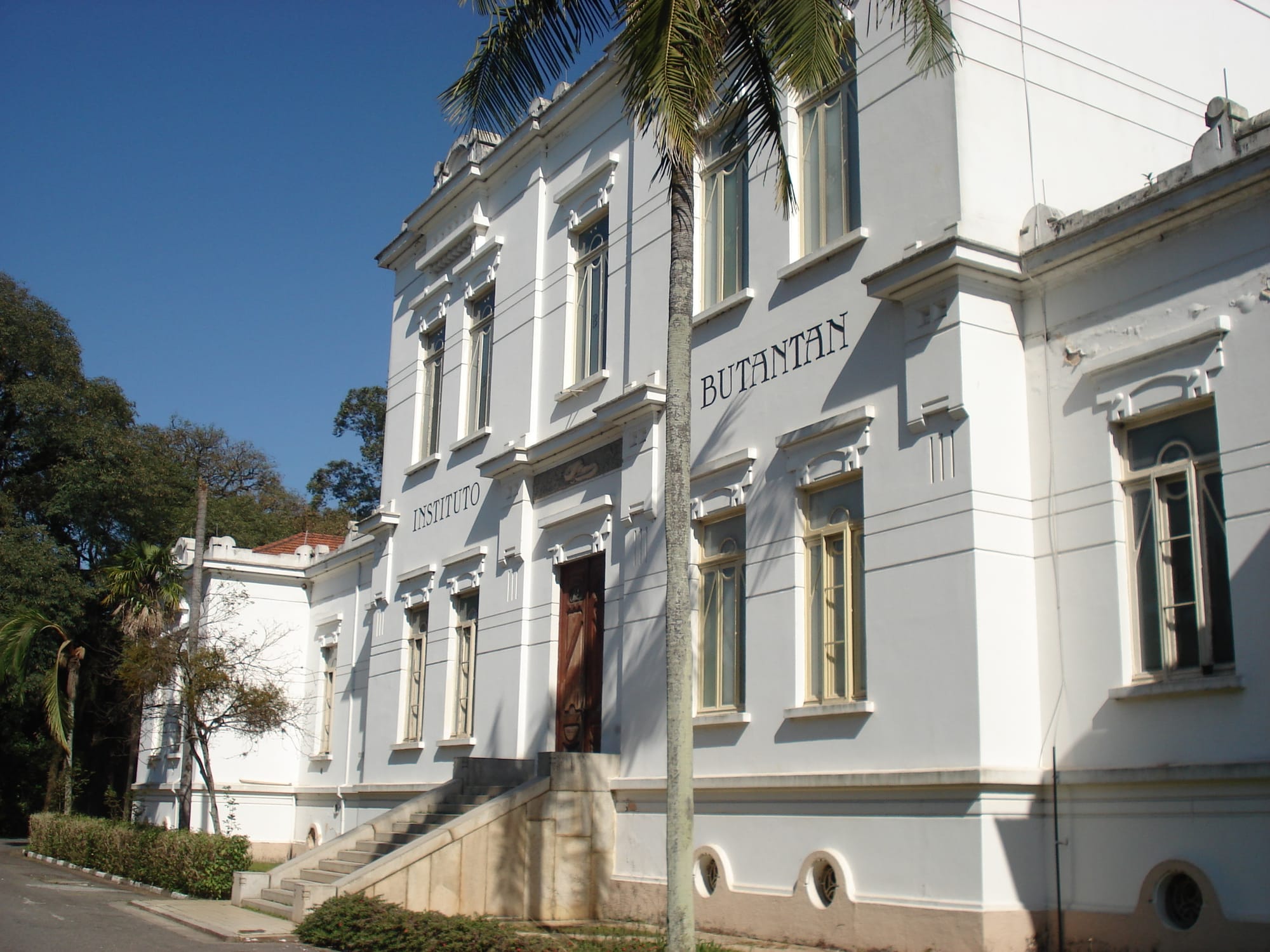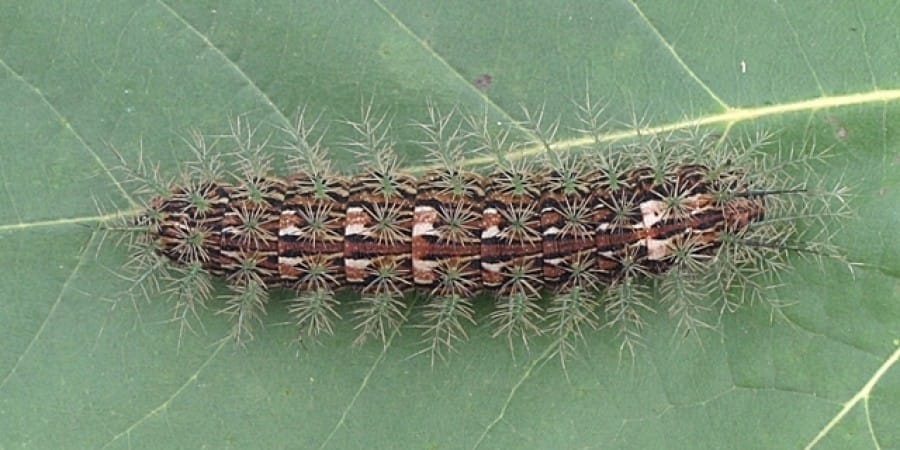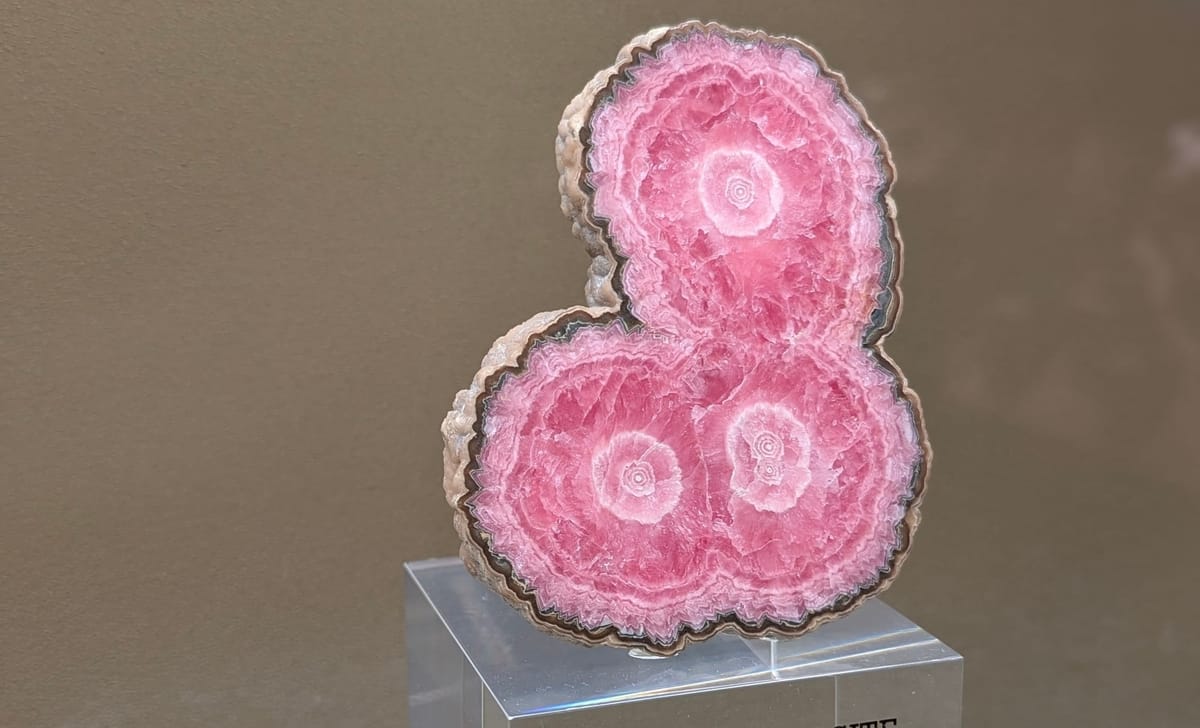In the 1990s, an unlikely culprit sparked an outbreak in southern Brazil. People poured into clinics with severe bruises and mysterious, gangrene-like symptoms. Some patients even suffered brain bleeds and died. The cases initially baffled researchers, who investigated patients’ accounts by probing the surrounding lands and trails. Site after site, they found Lonomia obliqua larvae: two-inch caterpillars with cactus-like spines out of their greenish brown bodies.
You don’t want to mess with Lonomia obliqua’s prickly prepubescent hairs. If you touch or step on its clumps of spines, venom trickles into your bloodstream, carrying with it procoagulants that spread clots across your body. The venom can deplete your blood’s ability to clot when you actually need it, heightening the risk for internal bleeding and hemorrhage. Lonomia caterpillars cause painful, bloody deaths.
Brazilian officials recorded 600 stings between 1989 and 1996, including 12 deaths, cementing L. obliqua’s place as the world’s deadliest caterpillar. The situation has only gotten more dire: between 2007 and 2017, researchers documented more than 42,000 stings and roughly 250 serious poisonings—only now, there’s an antidote.
The cure for these deadly stings is an antivenom produced in only one research center on Earth. Luckily for the hundreds of people in Brazil who need the antivenom every year, that institute is in their backyard.

On a quiet street in the otherwise cacophonous São Paulo, lush trees canopy a path to a science hub with no equal in Brazil. Instituto Butantan, a research institute in the city’s Butantã district was founded 120 years ago by immunologist Vital Brazil on the heels of a bubonic plague outbreak.
This one research center is vital (sincerest apologies for the pun) to Brazil’s public health infrastructure, doling out about 100 million doses of vaccines per year. That’s 65 percent of the country’s total distribution. No other manufacturer in the Southern Hemisphere produces more influenza vaccines and, in fact, on a trip to Brazil last October, I got my flu and yellow fever vaccines in an associated clinic right next door. The shots were also totally free—a blessing not lost on me after I couldn’t land an appointment in the US for a $400(!!) yellow fever shot.
The institute’s unique selling point is not its collection of vaccines, however, but its antivenoms: vials of purified antibodies designed to rescue you from the precipice of nature’s most horrifyingly miserable deaths.
Homegrown antivenoms—and the facilities that stock them—become invaluable.
Antivenoms are tough drugs to keep at the ready. They’re biologics made by purifying another animal’s immune response to attack envenomation, so they’re hard to prepare and hard to store. “At present very few countries have capacity to produce snake venoms of adequate quality,” according to The World Health Organization. Many venoms require antidotes specific to that particular species. So when a dangerous animal lurks around only one corner of the world, it’s difficult to bank on commercial supplies from elsewhere. Homegrown antivenoms—and the facilities that stock them—become invaluable.
Butantan researchers published their discovery of the L. obliqua sting antibodies in 1996. They showed that horses immunized with a bristle extract of L. obliqua caterpillars can make antibodies that counteract the toxins. The Lonomia antivenom contains antibodies that halt its particular poison, and Butantan is the only place in the world that makes it.
Far from a danger of the past, though, Lonomia stings afflict thousands of people each year. And untreated, they can be deadly. In a case study published in The New England Journal of Medicine in September, one man described bruises spreading across his body for days after noticing a sting on his thigh. He wound up at the ER after peeing blood for four days. Doctors diagnosed him, dosed him with the serum from Butantan, and the frightful event passed. The man’s coagulation normalized within 12 hours.

Antivenom research has other far-reaching benefits, too. For one, the L. obliqua serum happens to help against venom from other species of South American Lonomia caterpillars too, so deaths have dropped across the continent since its discovery. Additionally, research into these caterpillars prompts scientists to invent new drugs that have nothing to do with venom. In a 2021 retrospective about the Lonomia serum, Butantan researchers described a grab-bag of toxins present in Lonomia attacks, each of which contribute to the caterpillar’s defense (and a human’s unfortunate reaction). Lonofibrase, for example, is a “fibrinolytic” toxin in the venom that prevents the body from dissolving dangerous disseminated blood clots. By picking apart these bioactive molecules and their targets researchers have been able to engineer biomolecules that could treat inflammatory diseases like arthritis.
It’s not uncommon for powerful toxins like Lonomia venom to see new life as treatments. Compounds in snake and scorpion venoms hint at future drugs for inflammatory disease and cancer. A poisonous Copper-Joe toadfish (also from Brazil, because why not) directed researchers to an anti-inflammatory peptide that appears to be relevant for asthma and multiple sclerosis. The threat of Lonomia caterpillars isn’t gone, to be sure, but today’s research is a comforting development against the backdrop of a deeply discomforting spiky menace.



